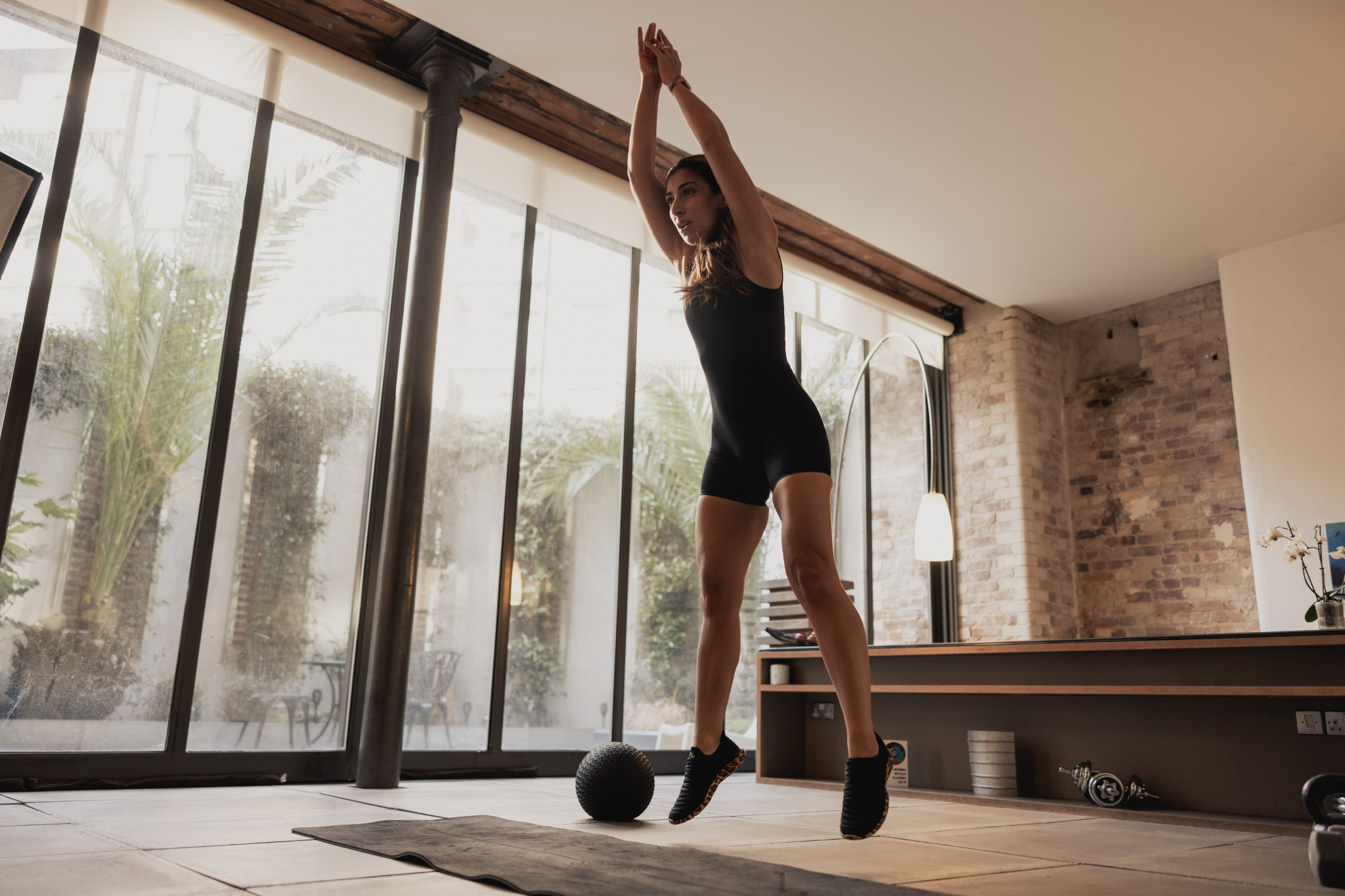The Best Exercises to Find Your Ski Legs with PT Rachael Sacerdoti

As we reach peak season for all things winter sports, leading PT and wellness expert Rachael Sacerdoti shares her go-to exercises to prep your body for the slopes.
Whether you are a beginner or a pro skier, making sure your body is in tip-top condition is vital to getting the most out of your sporty winter holiday. From working your legs and glutes to give you maximum strength as you hit the ski lifts to ensuring your core is strong and stable for correct posture and pulling you up after an inevitable tumble, Rachael has you covered.
“I recommend strength training year-round, but it is of particular importance if you are off on your yearly ski holiday. To ensure good form and to help eliminate the burn after a day on the slopes, you should focus on four key areas before you travel; the glutes, calves, quads, and your core,” says Rachael.
Providing invaluable insight for those who need a helping hand with their fitness routine, Rachael presents her top moves for keen skiers and snowboarders.
Get the optimal mix of resistance and cardio with Jump Squats that will build muscle and escalate your heart rate all at once. This is great for a quick and effective fat burn and is a good warm up exercise to perform before a day’s skiing. Do 20 in one go and repeat 3 times. You’ll be sure to get the pulse racing and your quads and glutes fired up.
You use your core much more than you might think when skiing, especially as you turn and when you go off-piste on a trickier terrain, so keeping it strong and stable is key. The Plank is one of the simplest and most effective exercises you can do for this muscle group, benefitting your entire body. This will strengthen your core which is most important for posture and build a strong foundation that will help keep you injury-free. Do daily and hold for at least one minute to reap the rewards of this winning move.
Calf flexibility is important for both skiers and boarders as you need to keep your weight forward, so go for an exercise that both stretches and strengthens. My favourite is Calf Raises as they are simple yet highly effective and can be performed anywhere.
For help with balance and stability Skaters are a must. Focusing mainly on the quads and glutes, this move is brilliant for overall upper leg fitness with the repetitive movement as you switch your legs helping with balance and posture. It also helps build knee strength, which is crucial for skiers of all ages.
Donkey Kicks to Fire Hydrants. Two simple exercises that can be linked in with each other and executed anywhere, this combo is performed on all fours. For perfect form keep your head neutral and ensure your hands are in line with and under the shoulders, with knees under the hips. This will activate your glutes and give them a good workout leaving your bottom peachy and strong, the ideal combo for a day on the slopes.
Top Tip: Prep your muscles accordingly with a proper warm-up. Always. Activating your muscles, particularly the ones you will be working on is crucial. Using a foam roller or simple mobility movements to warm the muscles is a simple way to prep them for a day on the mountain.
Offering a wealth of free exercise routines on her IG, along with quick recipes, and expert health and wellness tips, Rachael and her company It’s So Simple is fast becoming the method of choice for those looking to make long-lasting lifestyle changes. For all enquiries see www.itssosimple.co.uk or IG https://www.instagram.com/itssosimple_rs/






